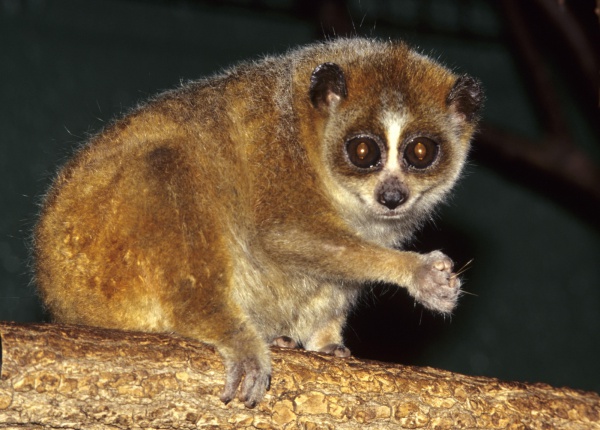Facts About Lesser Slow Loris
The pygmy slow loris is a fascinating small creature native to Vietnam, Laos, Cambodia, and China. This nocturnal, arboreal animal prefers a variety of forest types and typically lives in small family groups. Its diet includes fruits, insects, and tree sap. Remarkably, it possesses a toxic bite, attributed to specialized glands on its elbows.
Pygmy slow lorises mate every 12 to 18 months, and after a six-month gestation period, they usually give birth to one or two offspring. The young lorises mature rapidly, reaching adulthood by 16 to 18 months of age.
First documented in 1907, the pygmy slow loris was later recognized as a distinct species due to its unique physical and genetic characteristics. One notable feature is its distinctive toothcomb structure. Additionally, it has a diploid chromosome number of 2n=50 and tapeta lucida in its eyes, which enhance its nocturnal vision.
Behaviorally, the pygmy slow loris is known for marking its territory with scents, producing toxic secretions, and emitting various vocalizations. It primarily consumes insects and tree gum, adjusting its diet based on seasonal availability. During winter, it exhibits unique adaptations to withstand food shortages.
Regrettably, the pygmy slow loris is endangered due to habitat destruction, hunting, and illegal trade. The International Union for Conservation of Nature (IUCN) lists it as endangered, and it is protected under the Convention on International Trade in Endangered Species (CITES). Conservation efforts focus on preserving their natural habitats, combating illegal trade, and breeding them in captivity.
In zoos, breeding programs aim to maintain the genetic diversity of the pygmy slow loris population. Approximately 175 of these lorises are housed in breeding facilities worldwide, with a growing number in North American zoos. These initiatives are vital for ensuring the survival of this unique and endangered species, both in the wild and in captivity.

 China
China